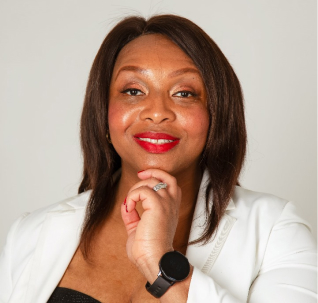Both disability and gender have historically been factors in stigma and prejudice. In the MENA
region, women with disabilities remain particularly marginalised.
Poverty, healthcare bias, and cultural attitudes often mean that women with disabilities face
more hurdles in getting their voices heard.
Access to education and the formal workforce is also less prioritised for women with
disabilities. They are more at risk for gender-based violence and in many communities have
limited access to support services.
Though this double discrimination is addressed in areas such as research and academia, the
media’s role and its responsibilities are still mitigated. Disability’s intersection with gender
continues to be overlooked in MENA media. Newsrooms have an obligation for “best practice”
in disability support and this should not be limited to media representation.
Obstacles to Inclusion
Female journalists face challenges especially in conservative regions and with on-ground
reporting. There are firstly the barriers in getting into the field and then the challenges of rising up.
They also report struggles with career advancement and sexist workplace cultures.
And when existing prejudices mean that leaders already may doubt women’s competencies,
having a disability means overcoming that added bias.
Additionally, disability tends to have a much narrower definition in the MENA region. Many
conditions, such as those that are considered invisible disabilities receive little-to-no
accommodations in newsrooms. Many organisations worldwide are still lacking in accessibility
and disability resources. Inclusive content should reflect proper workplace practices.
MENA newsrooms are behind in many best practices for the workplace due to factors such as
lack of awareness, flawed infrastructure, and funding.
Since many Arab women with disabilities are already struggling to get support and accommodations at home and school due to financial hardship and familial beliefs, newsrooms need to step up.
Though exact numbers in the region are harder to pinpoint, North African women with disabilities are typically unemployed.
According to a 2015 study by the UN’s commission ESCWA, approximately 90.5 per cent of Egyptian women with disabilities and 90.1 per cent of Moroccan women with disabilities are unemployed.
Although a lack of educational and traditional beliefs largely contribute to this number, women with disabilities should feel newsrooms welcome inclusion.
All this affects representation. If newsrooms don’t hire female journalists with disabilities, they lose out on getting different- and crucially- more informed perspectives.
They could provide great insight on subjects such as the difference in disability portrayals of Arab men and women.
Newsroom Best Practises
“Companies that embrace best practices for employing and supporting more persons with disabilities in their workforces have outperformed their peers,” according to a 2018 report by Accenture (NYSE: ACN) in conjunction with the American Association of People with Disabilities (AAPD).
North African newsrooms need to develop comprehensive guides and resources for disability reporting.
Research on disability and journalists is scarce in the region, but in-depth stories could bring attention to current trends. Resources should include support for disabled journalists but also advice on best practices for disability reporting.
A few pieces of training and programs have been implemented in the MENA region. Training of new journalists should include disabled women. Some programmes in the region such as BBC Arabic’s Aim High were focused on those with disabilities.
Leadership and positions, and training for women with disabilities could also shake up old beliefs about their roles in the media industry.
When providing accommodation, news organisations should be aware of the struggles that female journalists with disabilities may be facing. This also extends to Human Resources to check their policies on disability discrimination.
Accommodation requests should be encouraged and offered. Any forms to fill out should be clear and as thorough as possible.
Regional information should be studied and practically applied. In cases where Arabic resources cannot be provided, newsrooms should aim to provide translated information.
Some organisations in the Middle East such as the Media Center for Persons with Disabilities (MCPD) based in Yemen strive for disability inclusion. They also use their social media channels to highlight successful people with disabilities.
Accessibility features on social media are still under-utilised by Arab outlets. Even something as straightforward as an image description or alternative texts would be appreciated by disabled
audiences.
As usual, it is also crucial to be aware of biases that may be creeping in. Female journalists with disabilities should feel they are welcome in the newsroom and that balanced representation is appreciated.
This article is part of the African Women in Media (AWIM) Graduate Trainee Programme in collaboration with Fojo Media Institute



